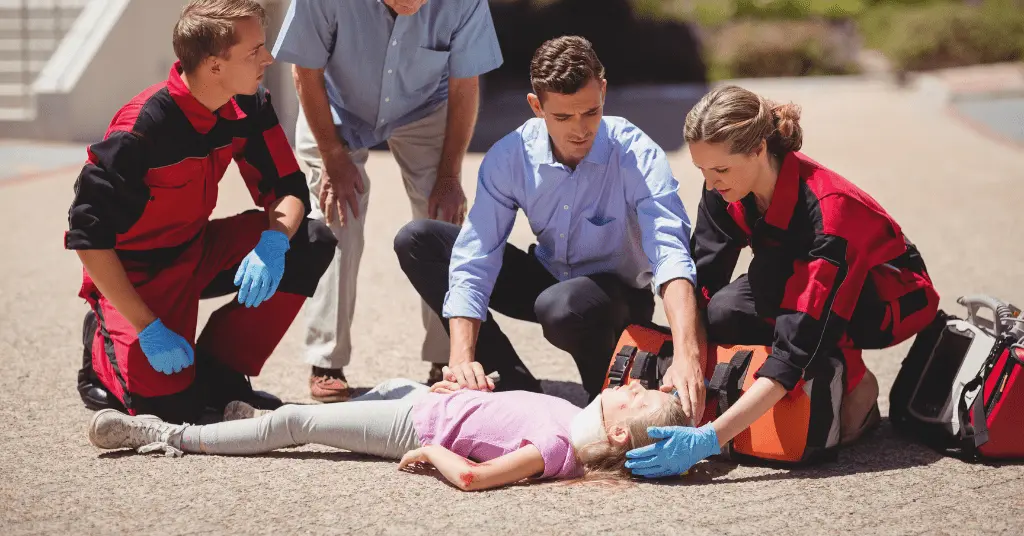AI Answer Evaluation Platform Live Now. Try Free Answer Evaluation Now
Accident Investigation

An insight into Road accidents
According to the World Health Organisation’s recent report Road traffic injuries are the major cause of death all around the world specially for children and young adults aged 5-29 years.Around 1.3 million people die each year as a result of road accidents. The report also claims that 93% of the world’s fatalities on the roads occur in low-income and middle-income countries, even though these countries have approximately 60% of the world’s vehicles.Out of these countries , Uganda has the highest fatality rate. The United Nations General Assembly has set an ambitious target of reducing the global number of deaths and injuries to 50% that occurs due to road traffic crashes by 2030.[1]
This makes the road accident investigation very important for the purpose of knowing the cause of the incident, cause of death of the victim and claiming insurance. Road Accident could happen due to any of these reasons such as intoxication (popularly known as drunk and drive case), due to rash driving, due to overtaking, driving in fatigue and sleepiness, not following the basic traffic rules, vision problems such as cataract, fog and bad weather, technical malfunction in the vehicle, bad road or highway conditions etc.
The Investigative procedure
In the majority of road accidents there is collision between 2 vehicles, vehicle and human being, vehicle and animal or even sometimes between more than 2 vehicles at a time. In some cases there is a loss of life but in most of the cases there is loss of property that is a vehicle. Significant amount of damage needs to be claimed under insurance policies by the victim, for which he/ she needs an investigative report which proves that he/ she was not at fault ( intoxicated or driving at high speed). And in cases related to loss of life an investigation is needed to ascertain the cause of death, who was the victim and the culprit and also to claim life insurance policies by the deceased family member.
For that purpose a detailed and minute accidental investigation is done either by the investigative officers or forensic scientists. In such investigations the following evidence is searched and examined for preparing a report and presenting a concluding remark. These are:
Evidence from the site of the accident for Accidental Investigations

1. Skid marks – Skid marks are the characteristic impression marks made on the surface roads due to the friction caused between non rotating wheels and the road while applying beak or accelerating. These are very short lived and can estimate the range of the velocity of a vehicle. Curved scuff marks are a type of skid marks that are formed only when the maximum speed of the vehicle is exceeded.
2. Tyre Marks – Tyre marks are the imprints of tyre formed on the road due to friction. It helps in identifying the vehicle involved in the accident as each tyre mark is identical in nature, the wear and tear it undergoes is very specific to each tyre. Even the tyres of the same vehicle have different tyre marks.
3. Glass fragments and paint chips – These are physical forms of trace evidence that are collected from the accident site to ensure the identity of vehicle or vehicles involved and the impact of collision.
4. Weather condition and road condition – The weather condition and road condition are examined by the investigators to confirm if the conditions were favourable or not to drive comfortably.
5. Witnesses – Any person who was present at the time of collision and has seen the accident could be a strong testimonial evidence for the accidental investigations.
6. Victim’s Body – The presence of the deceased body is evidence of loss of life due to the collision. The final cause of death are concluded after post mortem examination and forensic examinations.
Evidence from the Vehicle /s for Accidental Investigations
1. Vehicle – The whole vehicle is considered as an evidence material. The impact assessment is done using the vehicle.
2. Fingerprints and palm prints – The fingerprints and palm prints present inside the vehicle are examined to ensure the identity of the person driving the vehicle and other person present inside with him.
3. Hair, Fibres,Blood stains and Cigarette buds – This kind of trace evidence helps in ascertaining the identity of people present inside the vehicle.
4. Narcotics, alcohol and any drug of abuse – This kind of evidence helps in confirming the cause of accidents under intoxication.
5. Car number, registration number, Chassis no – This evidence helps in confirming if the car is stolen or not, if these numbers are altered or obliterated or not.
6. Load on the Vehicle – The load on trucks and trailers are often more than the permitted limit because of which many accidents occur.
7. Bullets and cartridge cases – The presence of bullets , bullet holes or cartridge case inside the vehicle or on the vehicle are a sign of firearm injury ,a different cause of death and cause of accident.
With the help of all these evidences and its assessment a crime scene reconstruction is done which helps in establishing the cause of the incident in accidental investigations. All the evidence is put together to collaborate with each other and a final report is formed. This report’s main element is the ‘cause’ of the incident that is presented in the court of law and for the purpose of insurance.
References
https://www.who.int/news-room/fact-sheets/detail/road-traffic-injuries




